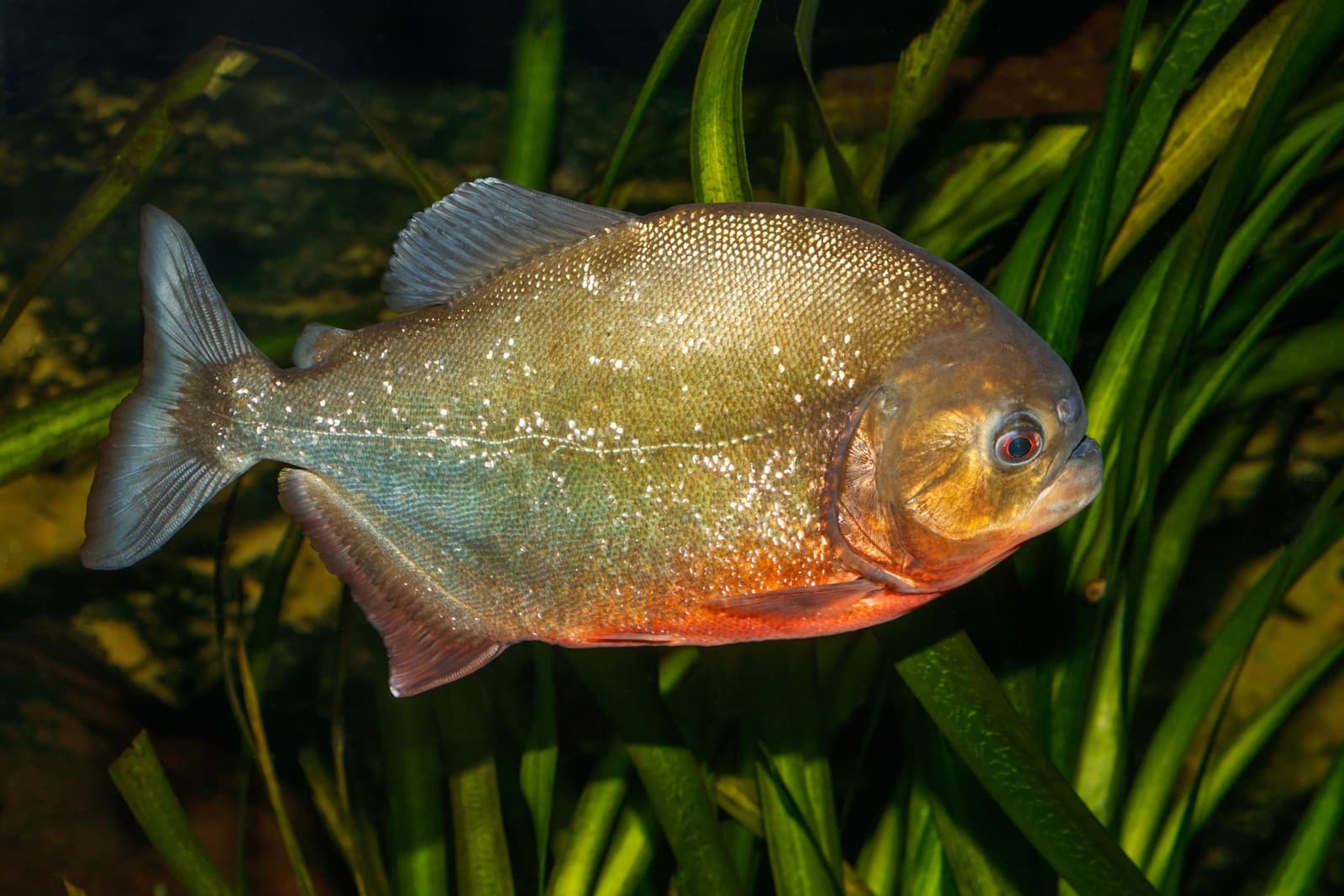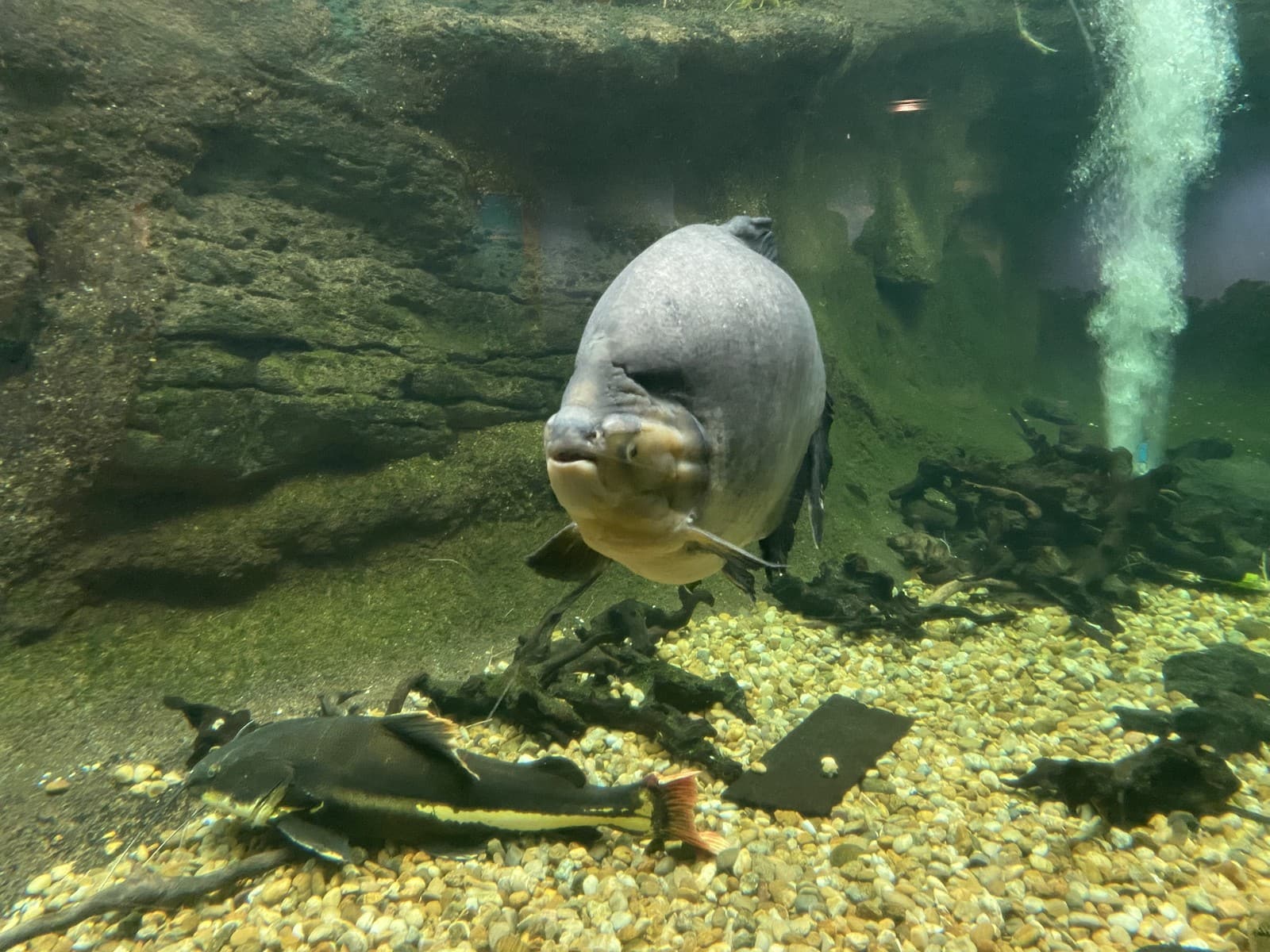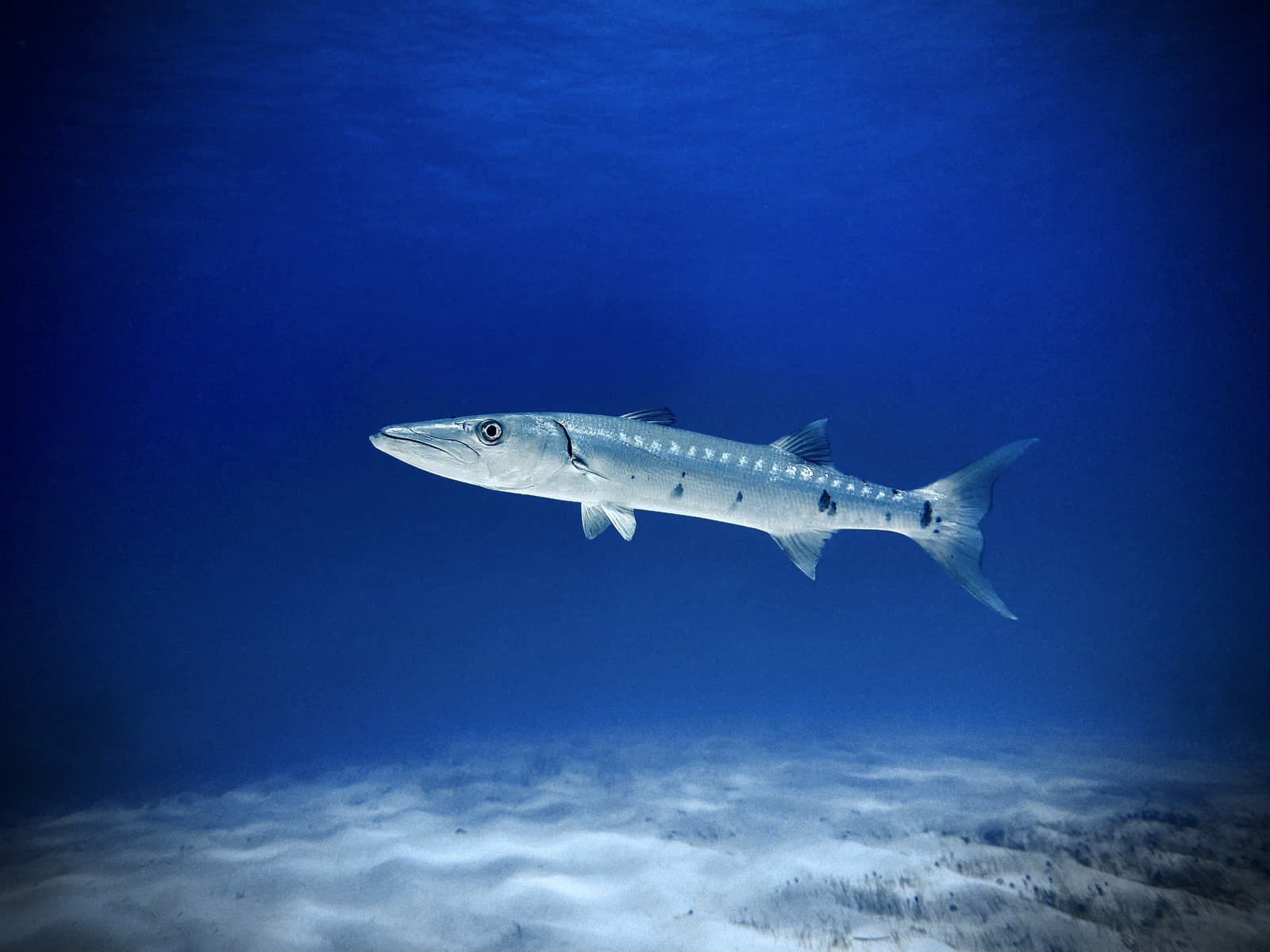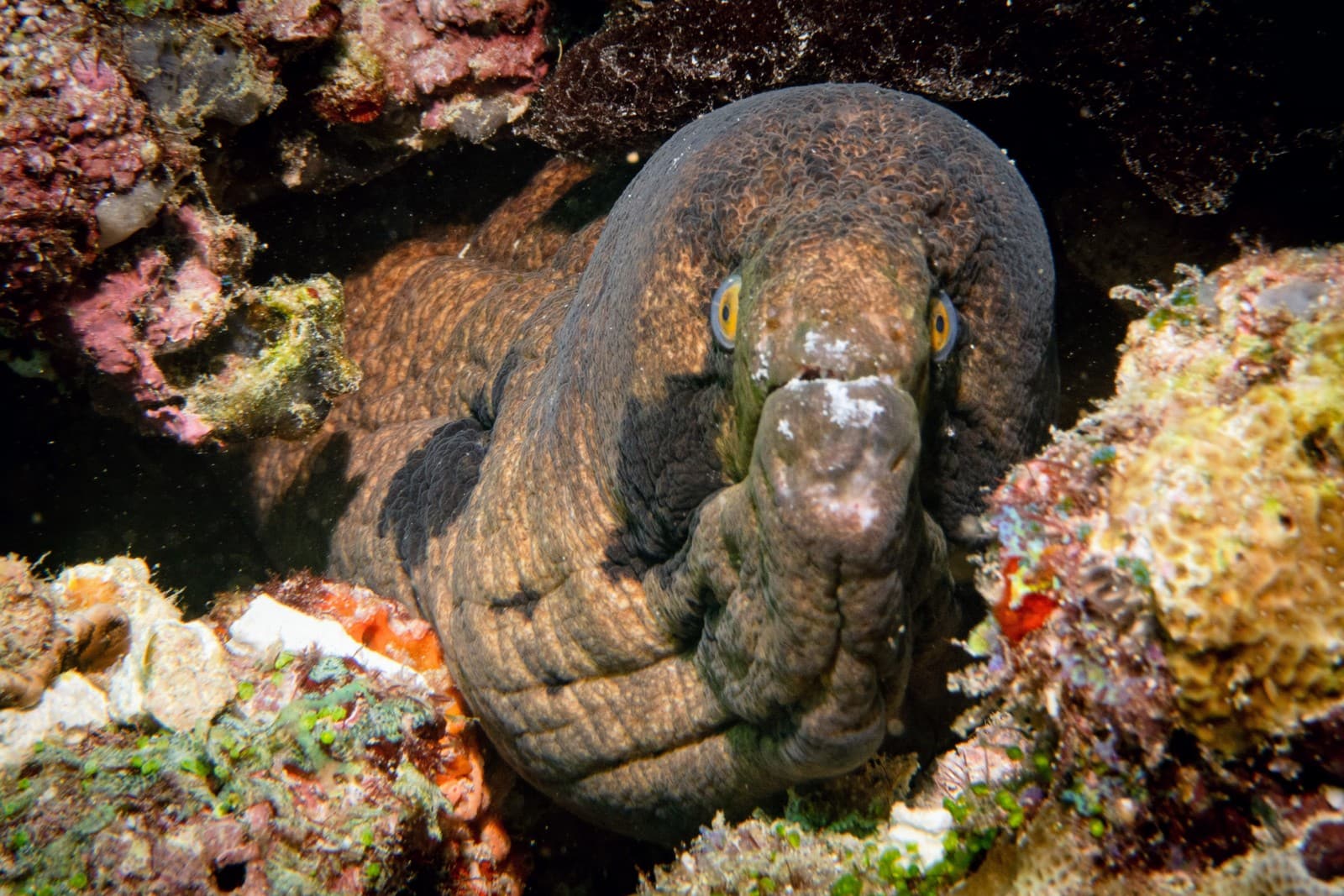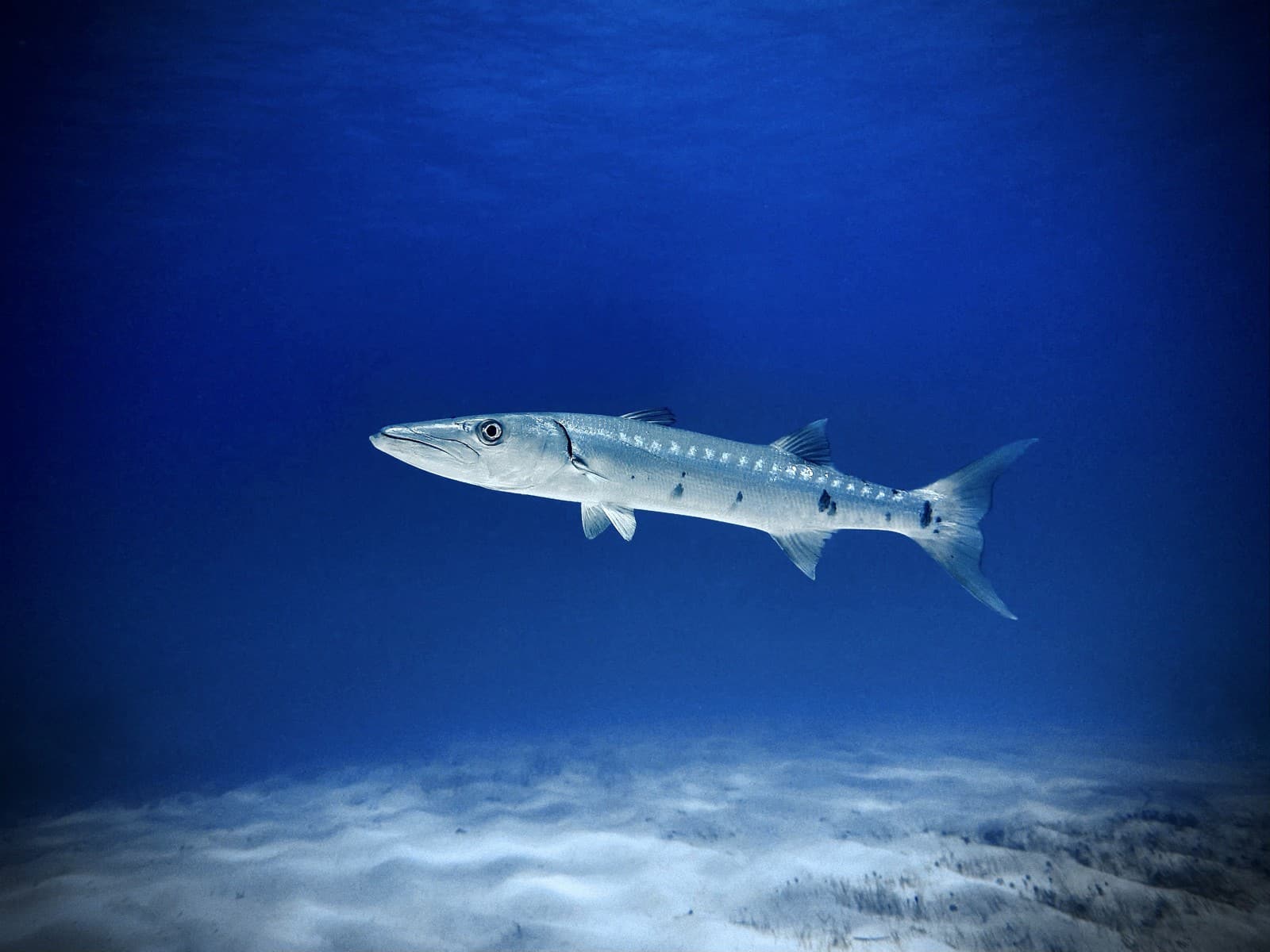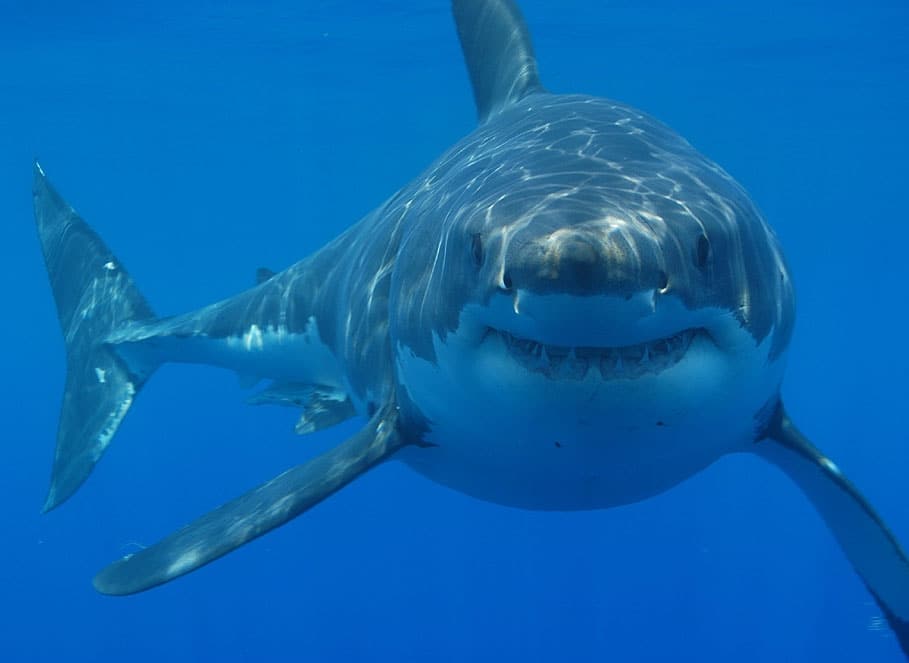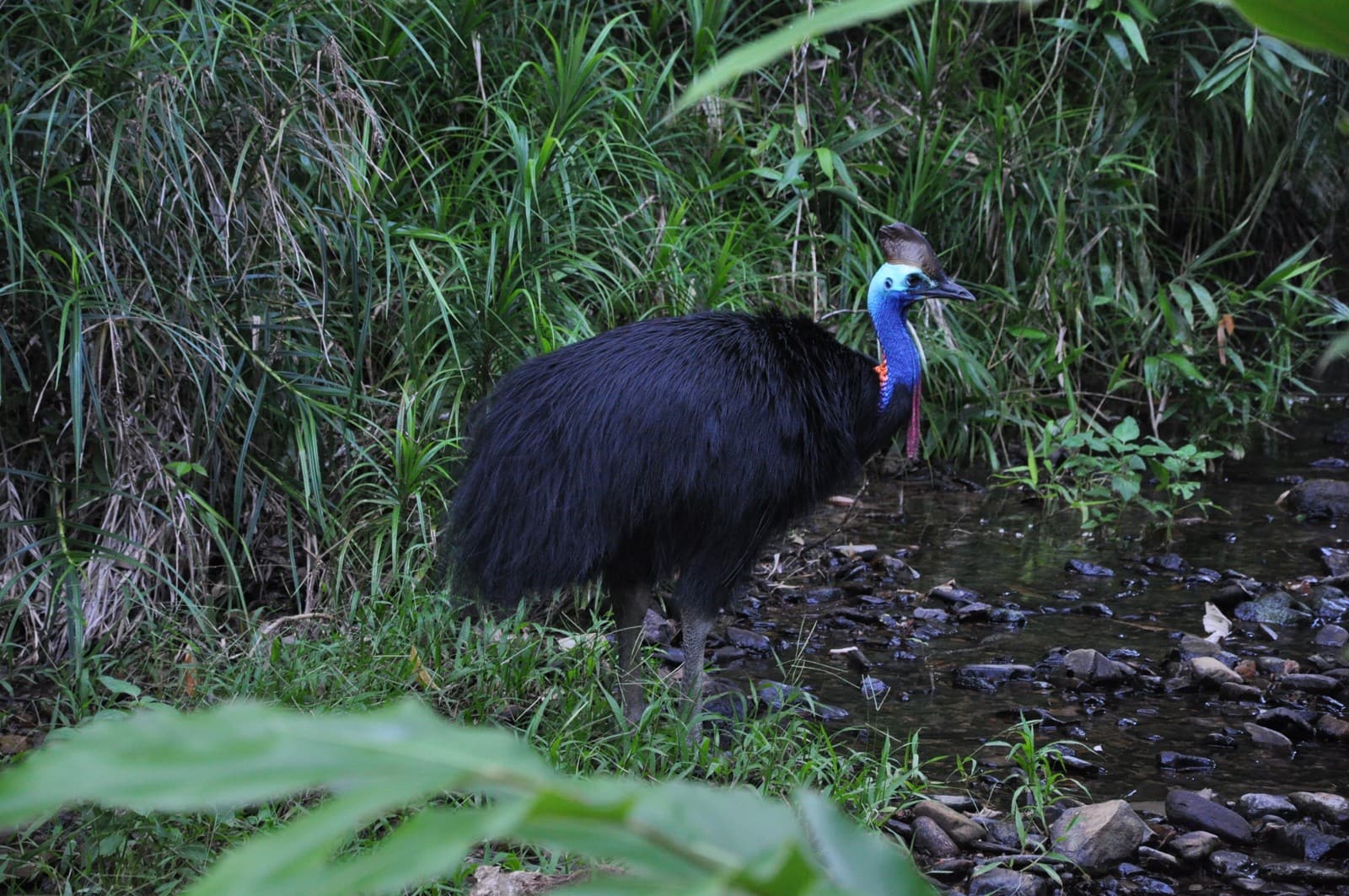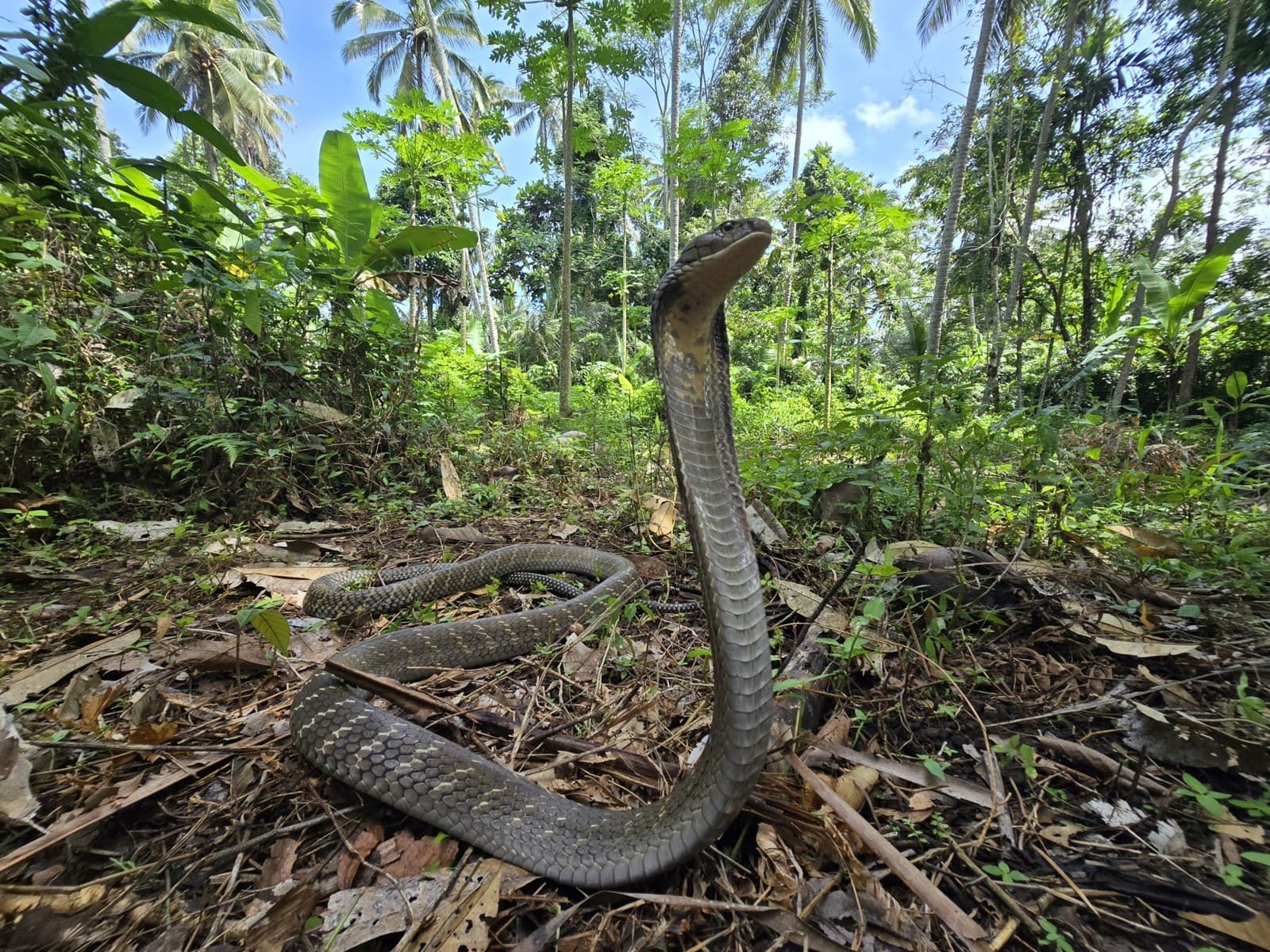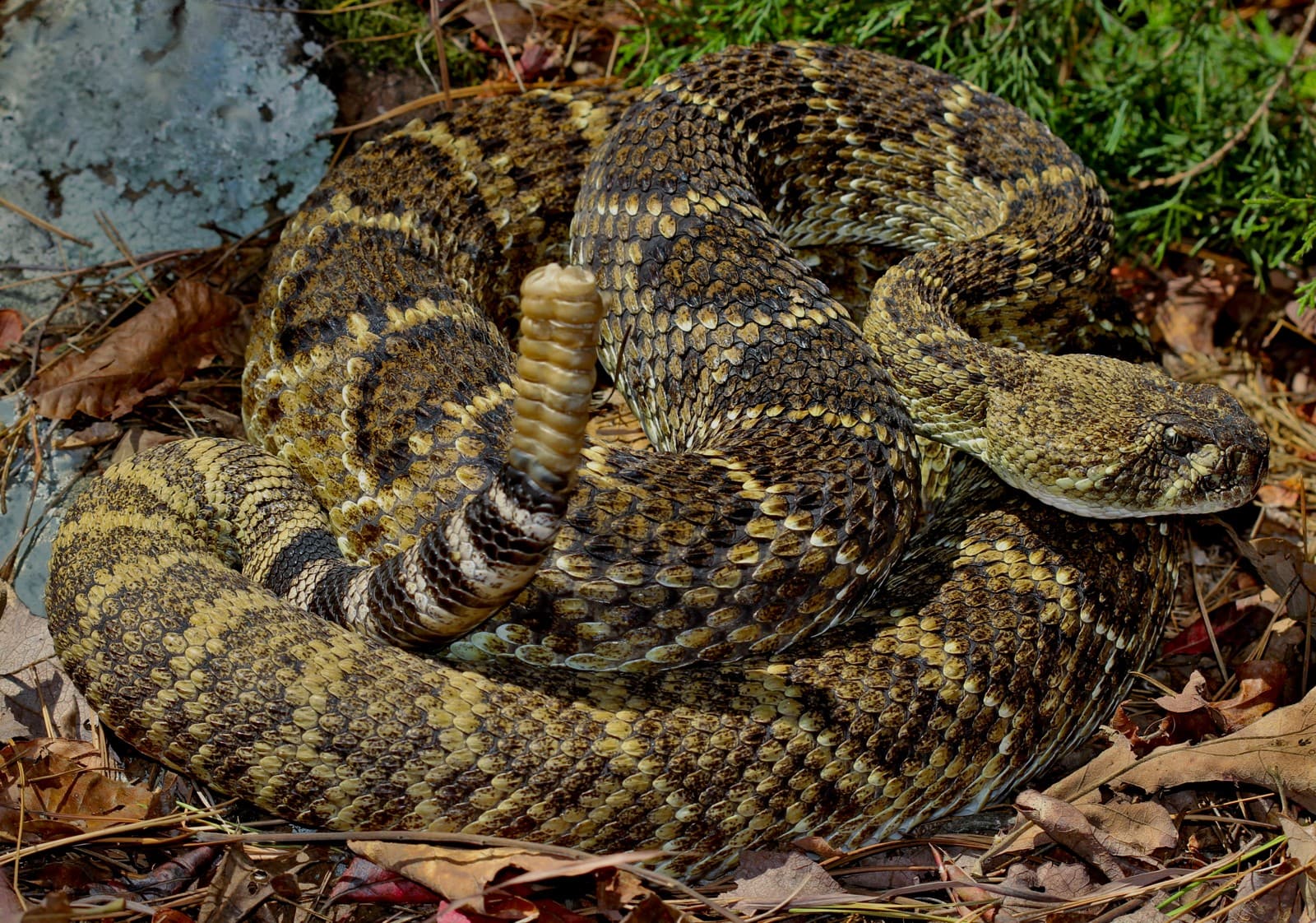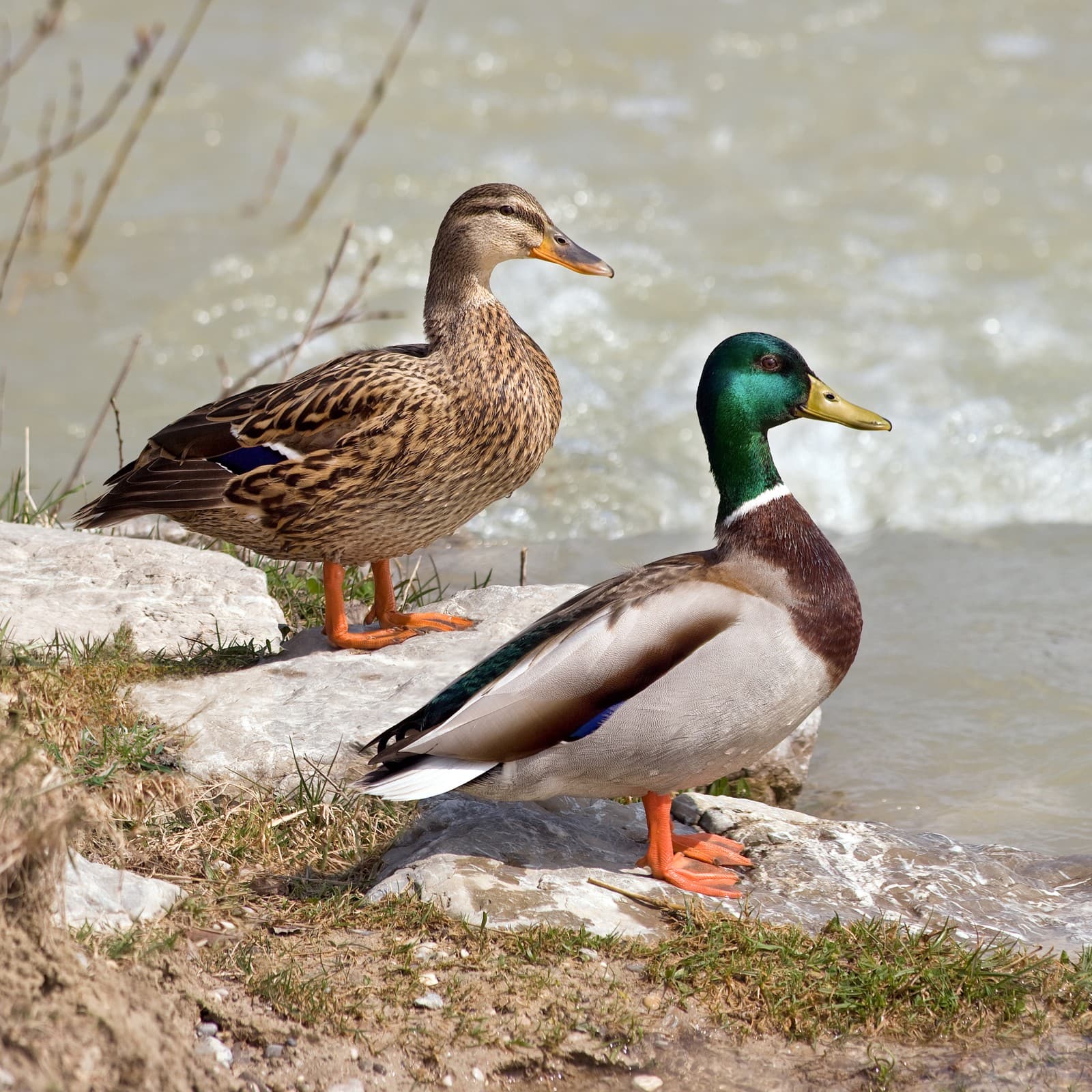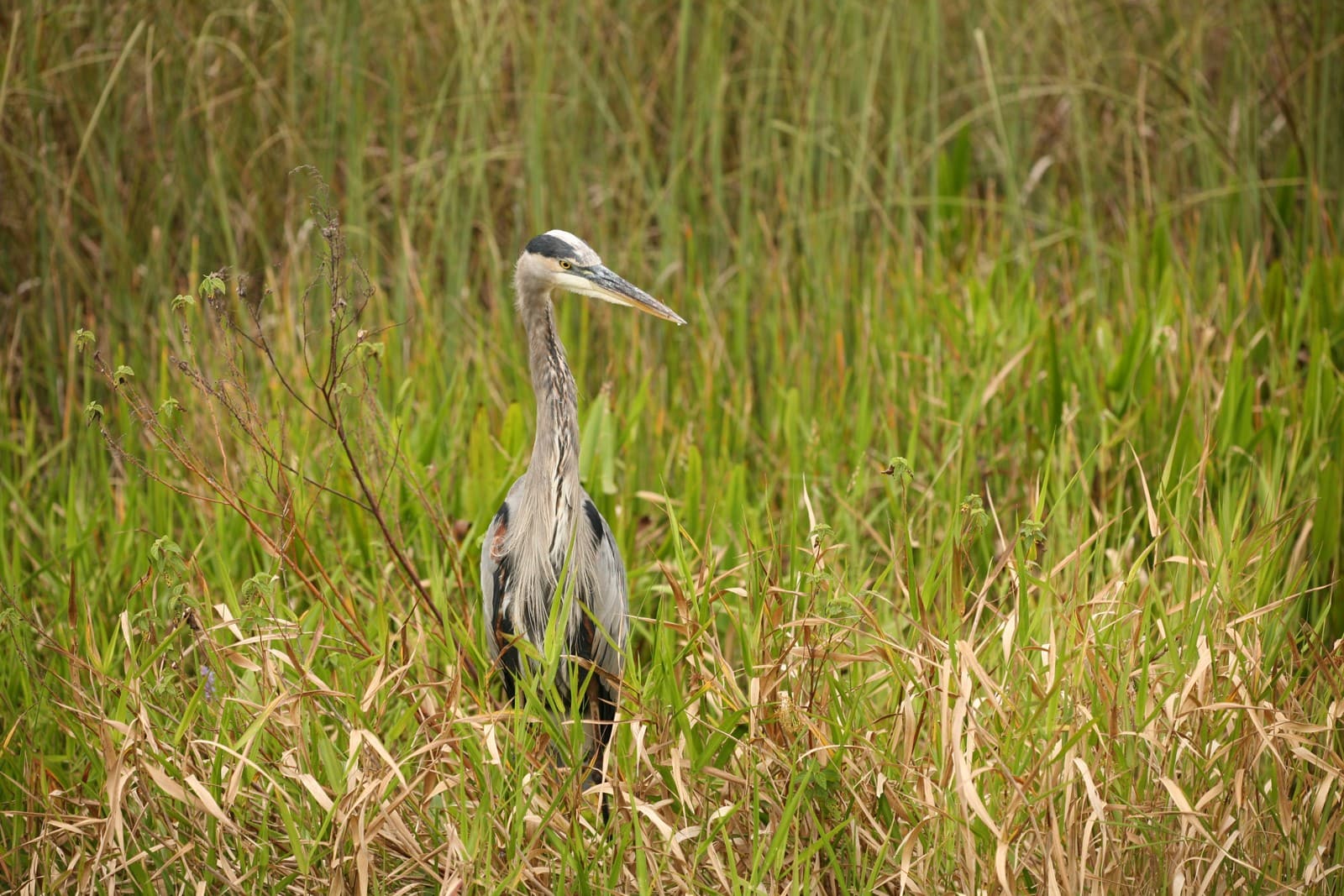Piranha vs Barracuda: A Complete Comparison
In the realm of aquatic predators, few matchups spark more intrigue than Piranha vs Barracuda. While both species are renowned for their fearsome hunting abilities, they differ significantly in size, habitat, and hunting strategies. The Great Barracuda (Sphyraena barracuda) can reach lengths of 6 feet (1.8 meters), while the Red-bellied Piranha (Pygocentrus nattereri) typically maxes out at 14 inches (35 centimeters).
These apex predators have evolved to dominate entirely different aquatic ecosystems. Barracudas patrol tropical ocean waters worldwide, whereas piranhas rule the freshwater rivers of South America. Understanding their distinct characteristics reveals why each species has become perfectly adapted to its respective environment.
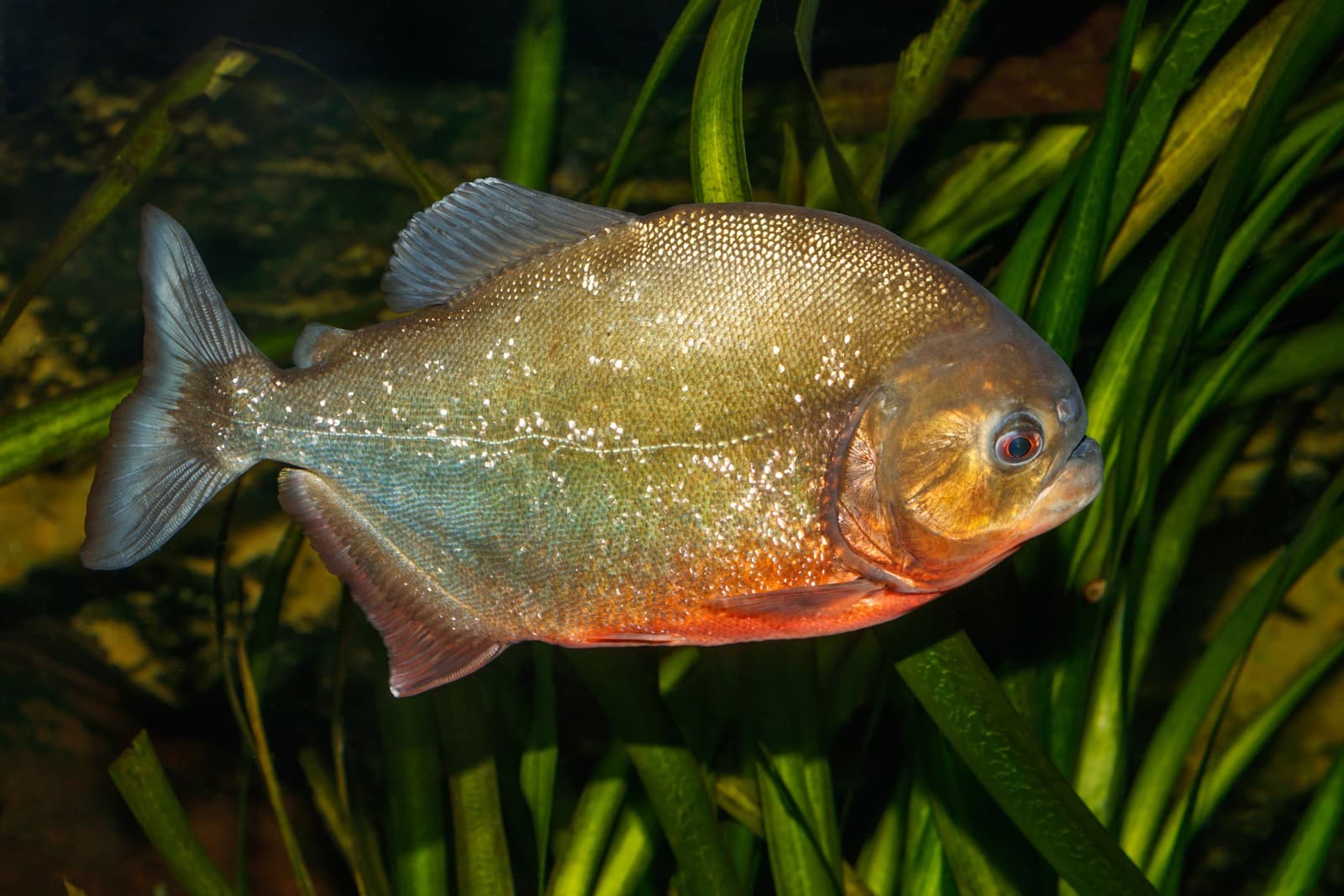
© H. Zell / CC BY-SA 3.0
The Red-bellied Piranha showcases the compact, muscular build characteristic of these Amazonian predators. Their powerful jaws and razor-sharp teeth are perfectly adapted for their group hunting strategy, allowing them to overwhelm larger prey through coordinated attacks.
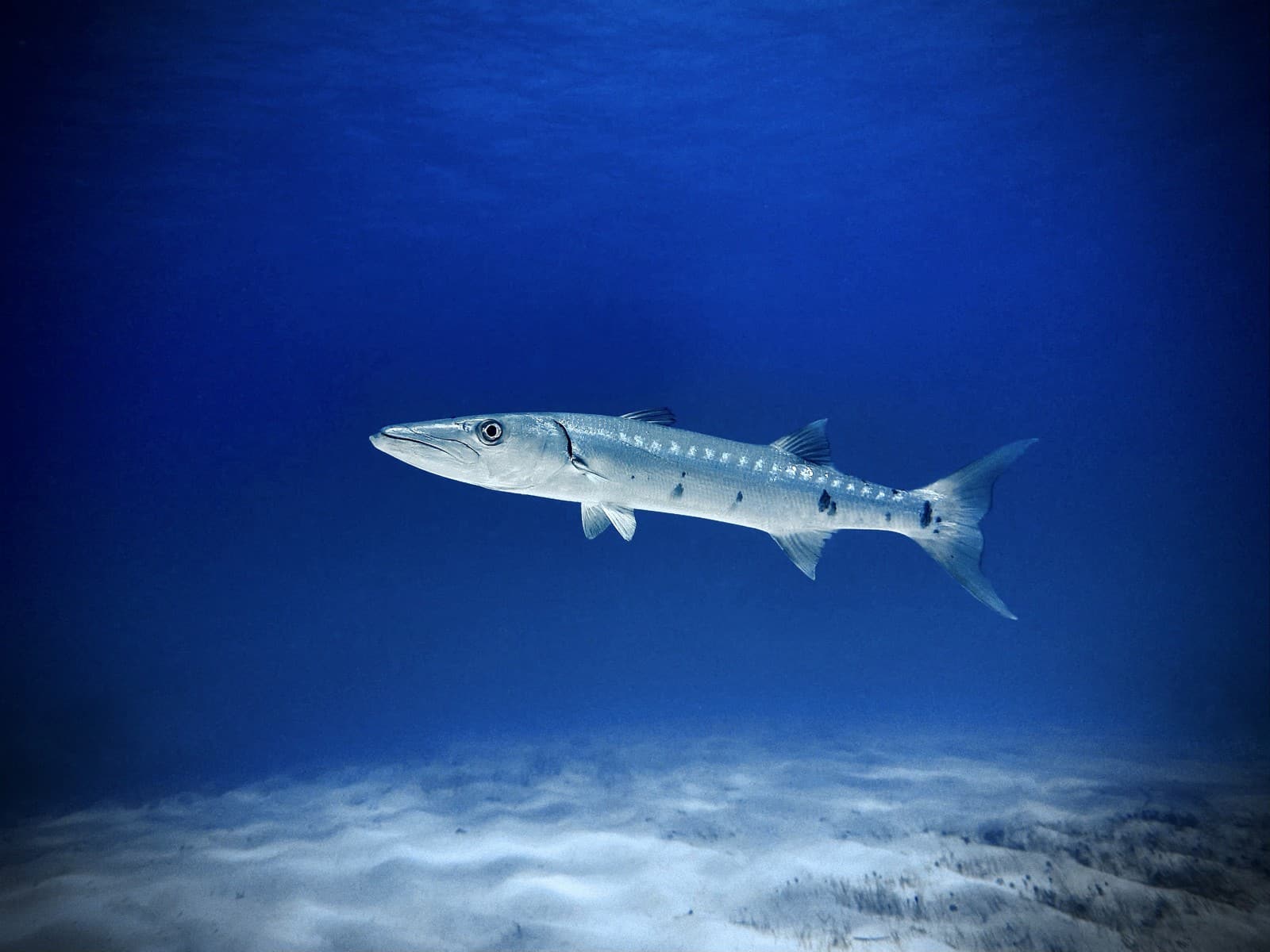
© Zepto / CC0
The Great Barracuda exhibits the streamlined, torpedo-like form that makes it one of the ocean’s most efficient hunters. Its elongated body and powerful fins enable burst speeds of up to 35 mph (56 km/h), making it a formidable solitary predator in coral reef environments.
Key Differences: Piranha vs Barracuda
| Feature | Piranha | Barracuda |
|---|---|---|
| Size | 6-14 inches (15-35 cm) | 20-72 inches (50-180 cm) |
| Weight | Up to 4 lbs (1.8 kg) | Up to 110 lbs (50 kg) |
| Habitat | Freshwater rivers | Tropical oceans |
| Hunting Style | Group attacks | Solitary ambush |
| Top Speed | 25 mph (40 km/h) | 35 mph (56 km/h) |
| Diet | Fish, crustaceans, mammals | Fish, squid, octopus |
Habitat and Distribution
Piranhas are exclusively freshwater fish, inhabiting the river systems of South America, particularly the Amazon Basin. They thrive in water temperatures between 75-85°F (24-29°C) and prefer areas with dense vegetation for cover.
Barracudas, conversely, are found in tropical and subtropical oceans worldwide. They frequently patrol coral reefs and open waters, ranging from near-surface depths to about 330 feet (100 meters). These marine predators can tolerate a broader temperature range of 68-90°F (20-32°C).
Hunting Strategies and Behavior
Piranha Hunting Tactics
- Hunt in groups of 20-30 individuals
- Use powerful jaws with triangular teeth
- Coordinate attacks on larger prey
- Most active during dawn and dusk
- Rely on scent and movement to detect prey
Barracuda Hunting Tactics
- Solitary ambush predators
- Strike with incredible speed
- Use excellent eyesight to track prey
- Hunt throughout daylight hours
- Capable of pursuing prey in open water
Who Would Win in a Confrontation?
While direct confrontations between piranhas and barracudas would never occur naturally due to their different habitats, comparing their capabilities reveals interesting insights. A single adult Great Barracuda would likely dominate any one-on-one encounter due to its:
- Significantly larger size (up to 6 times longer)
- Superior speed and agility
- More powerful bite force
- Greater hunting experience as a solitary predator
However, a group of piranhas would pose a serious threat to even a large barracuda, demonstrating how different evolutionary strategies can prove equally effective in their respective environments.
Conservation Status and Human Interaction
Both species face various conservation challenges:
- Barracudas: Vulnerable to overfishing and reef habitat degradation
- Piranhas: Threatened by river pollution and habitat destruction
- Both: Climate change impacts on water temperature and prey availability
- Commercial fishing pressure varies by region
- Neither species is currently endangered, but local populations face stress
Understanding these remarkable predators helps dispel common myths while highlighting the importance of protecting their distinct aquatic ecosystems for future generations.
